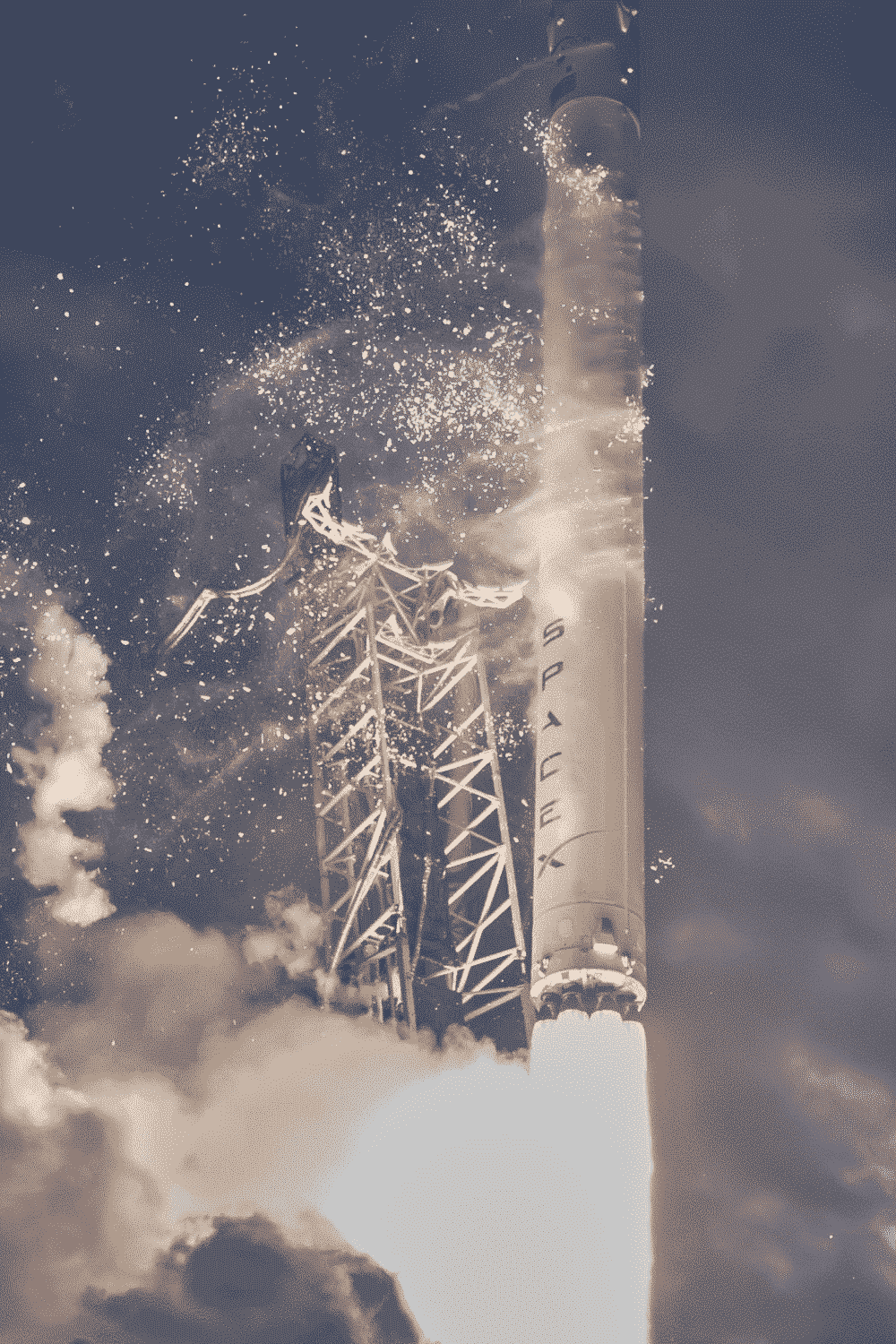After more than 30 years of development, 3D printing is no longer anything new. 3D printed parts vary from as small as children’s toys and souvenirs to as large as the bearing structure of rockets and airplanes. In today’s aerospace manufacturing process, 3D printed parts have played a big role in not only liquid rocket but also manned spacecraft.
In the field of liquid rocket engine manufacturing, the application of 3D printing has become very common.
For complex parts, when traditional material removal methods such as milling and grinding are used, parts need to be processed one by one, and then assembled.
3D printing can produce an integral part at one time, and even supports the mixed printing of different materials. It sharply eliminates the complex processes including machining, welding, and assembly processes, reduces costs and manufacturing cycles.
In the prototype stage, 3D printing can save costs such as tooling and molding, and can quickly adapt to changes from the design team.
During actual production, especially the finished product made with metal powders and SLS technology, its substructure of the solidified structure is tiny, keeping or even lifting the mechanical properties. Sometimes the mechanical properties of 3D printed parts are better than those made by forging.

3D printing is gradually involved in manned spacecraft with the most stringent safety and reliability requirements.
On January 19, 2020, the SpaceX Dragon Spacecraft high-altitude escape test was successful, verifying the manned spacecraft’s ability to escape when it encountered the most extreme conditions during the launch process.
Dragon also uses 3D printing technology extensively. Because the engine is close to the pressurized bulkhead where the astronaut is located, the safety and reliability requirements are extremely high. At the same time, almost all the cooling channels, injectors and throttling systems in the interior are difficult to manufacture using traditional processes.
With 3D printing, it can be shaped freely. In addition, the core component of the engine, the combustion chamber, is made of nickel-based superalloy through SLS printers. The honeycomb combustion chamber throat support structure is formed at one time.
Nasa is also heading back to the Moon with a 3D-printed spacecraft.